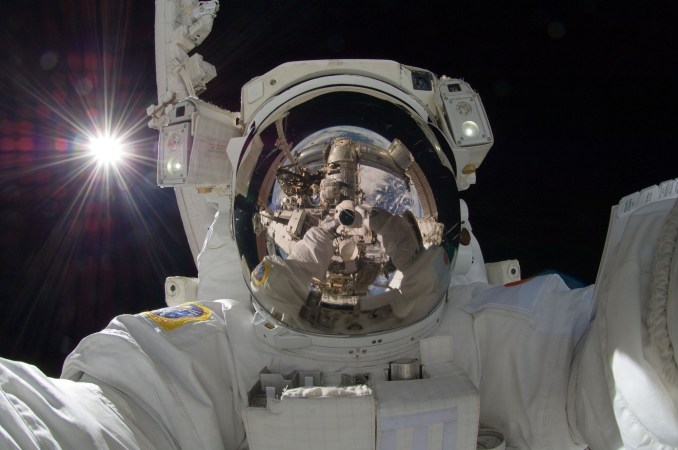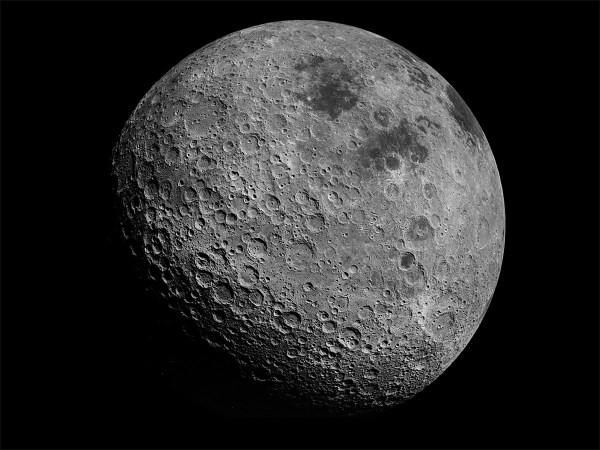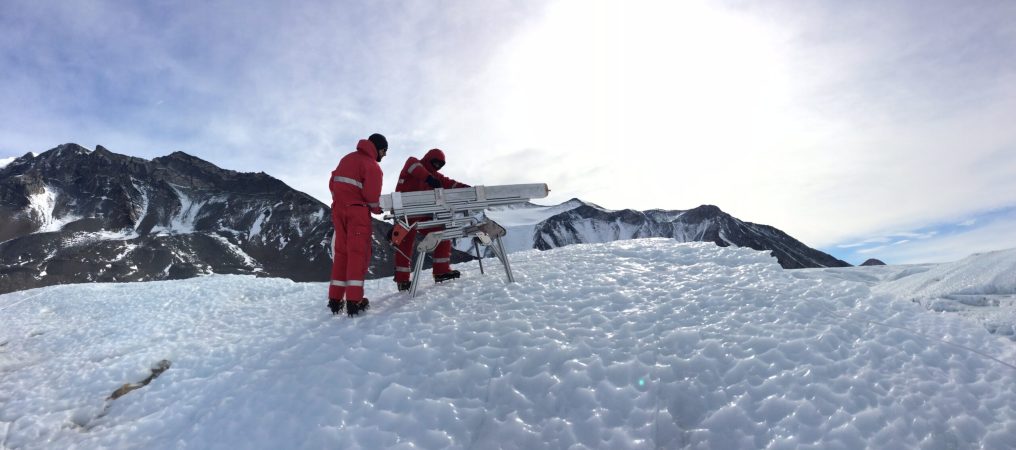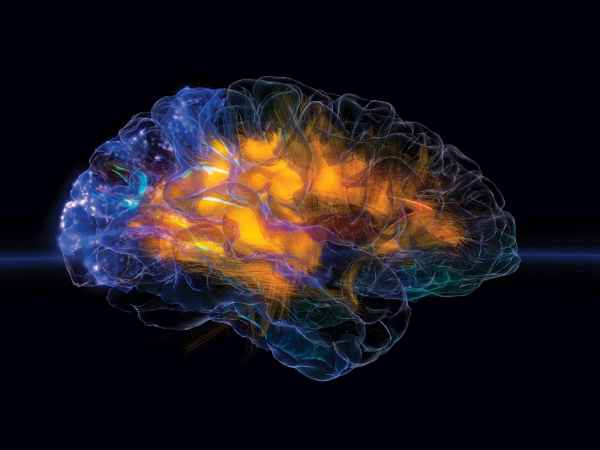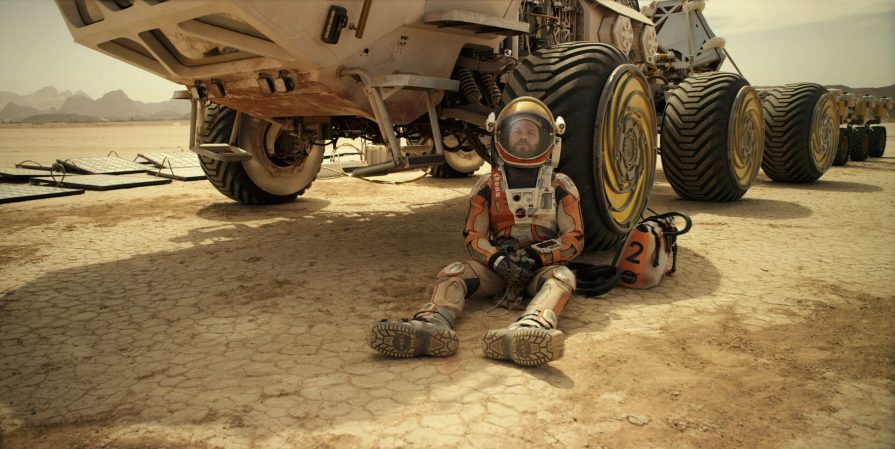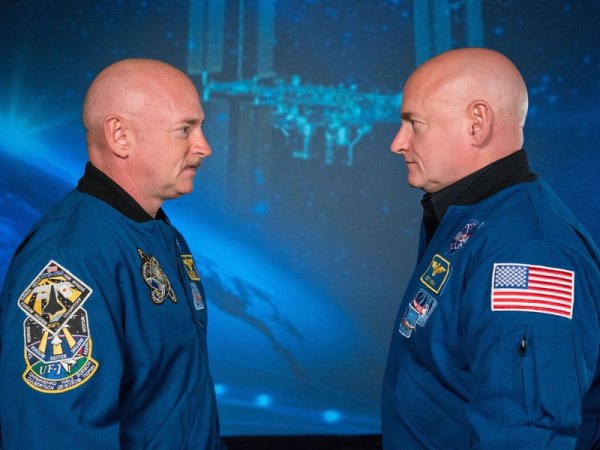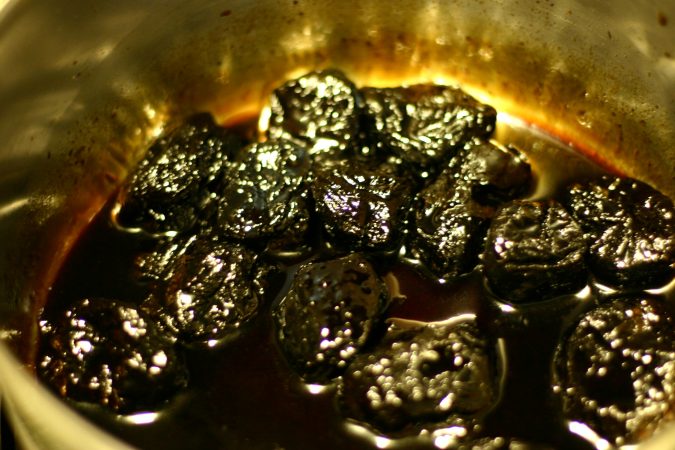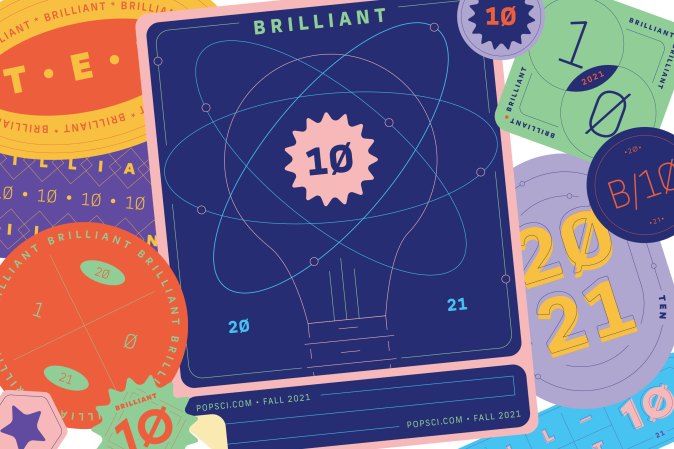

Human bodies evolved to live on Earth, so it’s not surprising that space throws us for a loop. Without gravity, astronauts on the International Space Station lose muscle and bone (despite exercising hours each day), start to see poorly, and develop wacky immune systems. And the rogue particles that zip through deep space outside of Earth’s protective magnetic bubble threaten to upset the delicate functioning of the human mind as well.
Scientists have known for years that in addition to damaging DNA, the particles of radiation found in deep space also wreak havoc on brains. All of that research, however, came from using a particle accelerator to blast rodents with months- to years-worth of radiation in the span of a few minutes. The first study to test mice under realistic space-like conditions—with the help of a new facility capable of delivering radiation at a slow drip—confirms that neutron and photon particles significantly disrupt their nervous systems. If humans are similarly sensitive, the study claims, multiple members of a five-person crew would suffer neurological symptoms such as increased anxiety or impaired memory during a multi-year mission to Mars.
“There’s a plethora of literature in the radiobiology world that suggests that lowering the dose rate makes everything better,” says Charles Limoli, a professor of radiology at the University of California Irvine and co-author. “True, but not for the brain.”
One NASA-funded room at Colorado State University acts a lot like a spacecraft. A nugget of radioactive californium-252 bathes the area with neutrons and high-energy light rays, mimicking what the inside of a Mars-bound ship might be like. Any creature spending a full day inside the enclosure receives about as much radiation, albeit of different particle types, as it would after a day in deep space.
Forty mice spent six months in the radiation room—about as long as a one-way trip to Mars—while a control group of the same size enjoyed the full protective benefits of Earth’s magnetic field. Afterward, the researchers sent the mice to three labs and studied what had happened to their nervous systems on three levels.
At the cellular level, researchers found it harder to trigger activity in radiation-exposed brain cells in the hippocampus (a part of the brain associated with memory) than in the neurons of non-exposed counterparts. These findings meshed with results at the network level, which suggested that groups of neurons in the hippocampus became less able to cooperate, failing to fire together in a way associated with memory and learning. But Limoli suggests that radiation damage may extend to other areas of the brain as well.
“Remember that these animals were [completely] exposed. There’s no reason to suspect that there’s just one region of the brain affected,” he said. “In a nutshell, the circuit activity of the brain has been disrupted.”
The radiation disrupted the animals’ behavior too. Limoli and his team put the mice through a battery of tests meant to reveal various facets of their mental states. The scientists arranged playdates with other mice to test their extroversion, for instance, and swapped out Legos for rubber duckies in their cages to see if the mice would notice the newcomer. They also taught their subjects to fear electric shocks following a certain tone, only to cancel the shocks and see how long it took the rodents to realize that the danger was gone.
The radiation-exposed mice underperformed their counterparts across the board. On playdates, the space-mice spent twice as much time on average being antisocial. When a new toy appeared in their cage, they spent one third as much time inspecting it. After the electric shocks stopped, they were a third more likely to continue to fear them.
Altogether, the results, published recently in the journal eNeuro, paint a picture where space radiation makes astronauts—who need to operate at peak mental and physical condition—grow withdrawn, anxious, forgetful, and fearful. And these mental and emotional changes would come on top of the side-effects of six months stuck in a confined space with the same handful of people. No one knows to what degree the rodent results might translate to humans, but the researchers estimate that one in five astronauts would experience radiation-caused anxiety on the way to Mars, and one in three would have memory trouble.
What’s more, these tests all took place three to six months after the mice emerged from the radiation room, suggesting long-lasting effects. “That’s a big deal,” Limoli says. “This isn’t something that’s going up and down and back to normal.”
Vipan Parihar, a colleague of Limoli’s who was not involved in this study but has researched the effects of radiation on mice in the past, called the findings “fantastic” and said they’d have far-reaching consequences for future astronauts. In particular, he pointed to the irradiated mice’s difficulty forgetting their fear as suggestive that astronauts might have trouble switching from one task to another, and could become more prone to Post Traumatic Stress Syndrome.
Nevertheless, both researchers emphasize that while radiation may represent one of the biggest technical challenges to a Mars mission, it’s not necessarily a showstopper. Spacecrafts and spacesuits built from as yet unknown materials could stop particles in their tracks, and future medication could alleviate the worst effects of the radiation that makes it through. At this early stage, they say, what matters is to help the world’s space agencies know what to expect.
“The Apollo astronauts were out in space for two weeks. These [Mars-bound astronauts] are going to be out there for two and a half years,” Limoli says. “NASA doesn’t want to be catastrophically surprised.”

